Hands-on learning is a form of education in which students actively participate in the learning process through sensory- and physically-involving activities and experiences. This may be a powerful and successful method for teaching children new concepts and skills because it allows them to create connections between what they are learning and the actual world.
Hands-on learning may be incredibly interesting for pupils, which is one of its primary advantages. Students are more likely to maintain focus and motivation when they are actively engaged in the learning process. Hands-on activities can also be interesting and entertaining for students, so contributing to the development of a positive and supportive learning environment.
Students can have a deeper comprehension of the content through hands-on learning, which is a further advantage. When students can apply what they are learning through hands-on activities and experiences, they are more likely to retain the material and apply it in many circumstances.
Experiments, field trips, group projects, service learning, role-playing, cooking or gardening activities, and art projects are just some of the numerous ways that hands-on learning can be included into the curriculum. Educators may build a well-rounded and dynamic learning experience that engages students and promotes academic success by employing a number of hands-on learning approaches.
1. Experimentation
Encourage pupils to undertake scientific experiments or simulations as a means of learning about scientific topics or processes. Students might, for instance, construct a model of the solar system, conduct an experiment to measure the density of various materials, or construct a miniature ecosystem in a jar.
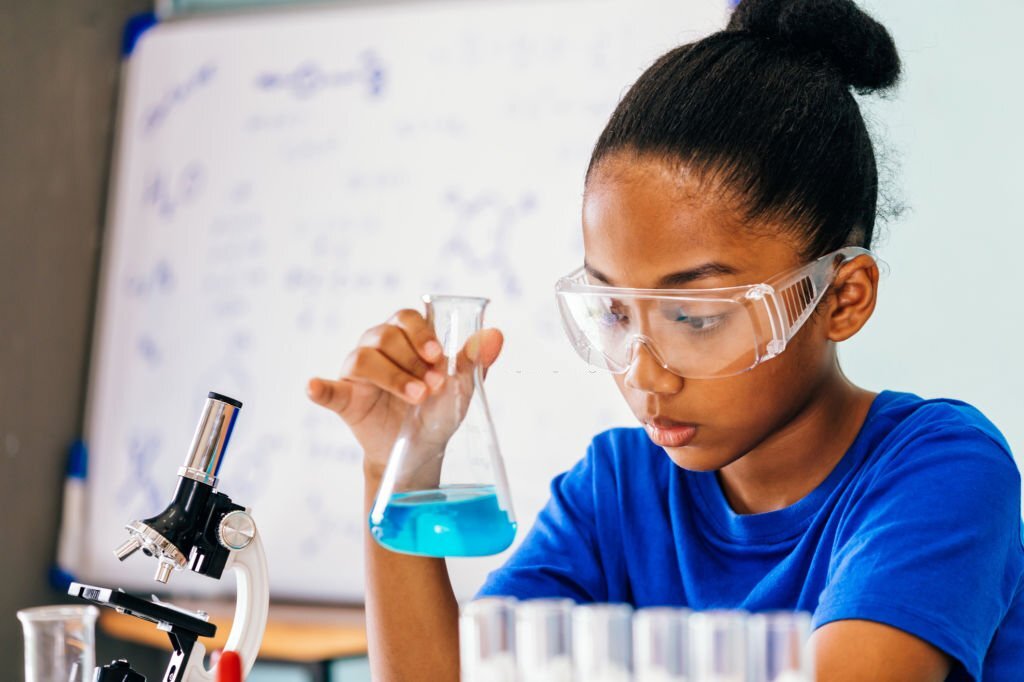
Experimentation is a hands-on learning method in which students actively participate in scientific studies or simulations to gain knowledge of scientific topics or procedures. Students may apply what they are learning and establish connections between the subject and the actual world, making this a powerful and effective method of education.
Students can participate in a wide variety of experiments and simulations as part of their hands-on learning experience. Students may construct a model of the solar system to learn about the planets and their orbits, conduct an experiment to estimate the density of various materials, or establish a miniature ecosystem in a jar to study the interdependence of living things.
Students can learn about scientific topics and procedures in a fun and engaging manner by conducting experiments and simulations. By establishing hypotheses, collecting data, and analysing results, it can also help students build critical thinking abilities and learn to think like scientists.
Overall, experimenting can be an important component of a curriculum for hands-on learning since it allows students to actively participate in the learning process and apply what they are learning in a meaningful and relevant way.
2. Field Trips
Plan field trips to museums, nature centres, and other places where students can learn via observation and hands-on experience.
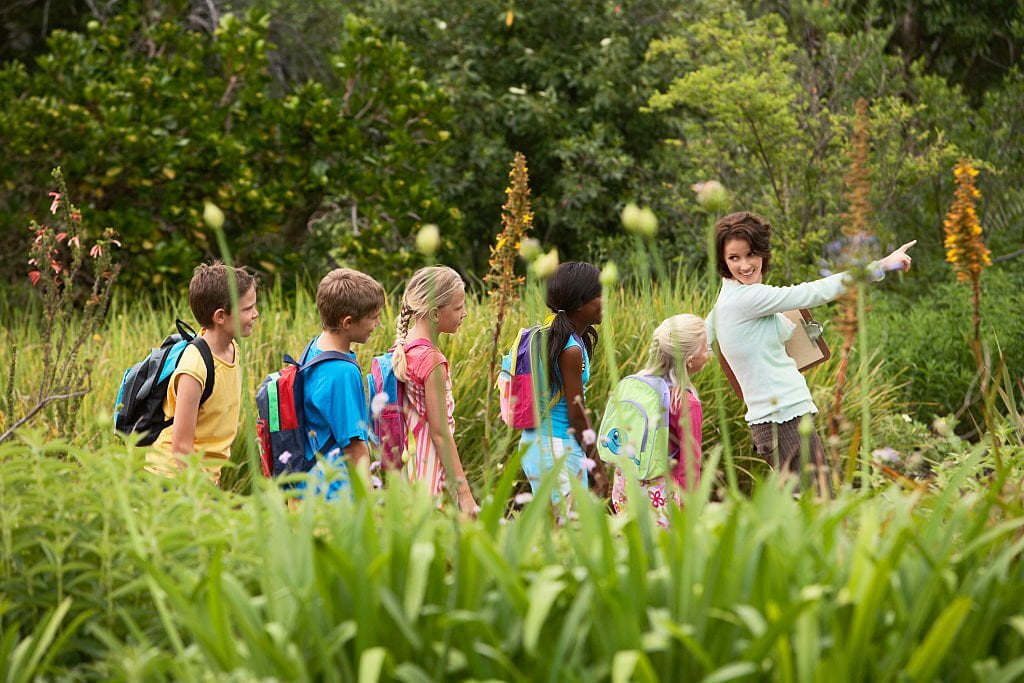
Field trips are a wonderful method to incorporate experiential learning into the curriculum. By visiting museums, nature centres, or other venues that provide hands-on experiences and opportunities for observation, kids can gain knowledge through direct engagement and observation.
Because they give a break from the typical classroom setting and can add a feeling of excitement and novelty to the learning experience, field trips can be an exceptionally effective way to interest children in learning. Students can learn about a particular topic in a more participatory and immersive manner through field trips.
Educators can design a variety of different types of field trips, based on the subject matter and learning objectives of the trip. For example, students may visit a museum to study art, history, or science, or go on a nature trip to study environmental science or conservation.
It is crucial to consider the age and interests of the kids, as well as the learning objectives of the excursion, while organising a field trip. In addition to ensuring that the field trip is well-organized and safe, it is essential that kids receive any necessary supervision and support.
Overall, field trips can be a beneficial component of a curriculum that emphasises hands-on learning, as they give students with the opportunity to learn through direct experiences and observation and can bring an element of excitement and novelty to the learning process.
3. Group Projects
Assign group assignments that require students to generate a product or presentation in collaboration. Students might, for instance, design and construct a model of a historical landmark, create a movie about a particular topic, or perform a play.
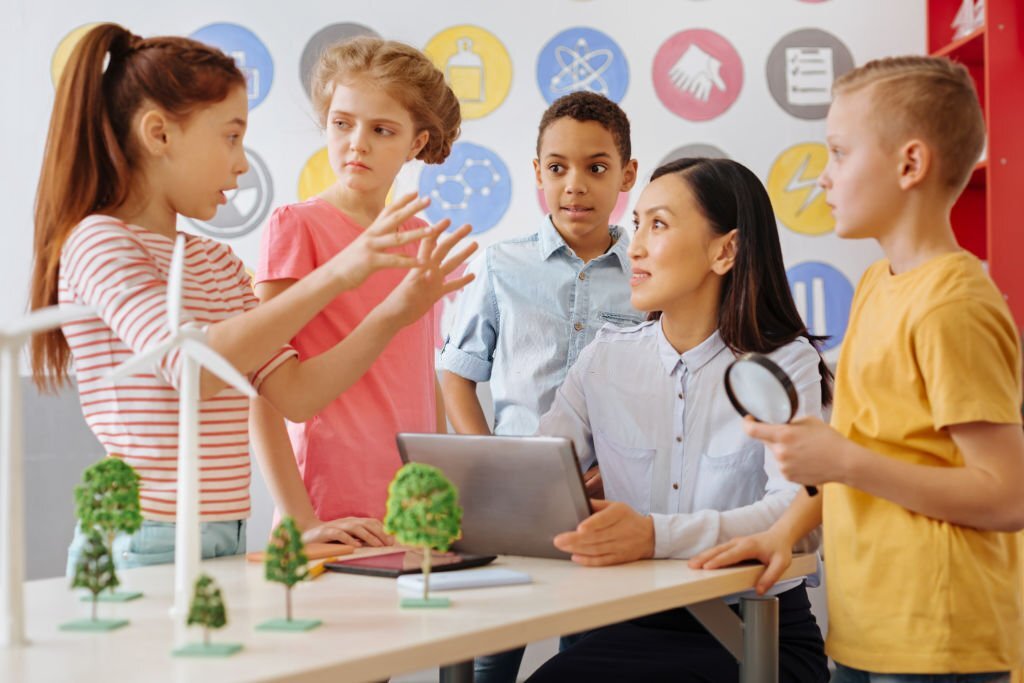
Group projects can be an excellent approach to integrate experiential learning into the curriculum. By assigning group projects that require students to collaborate on the creation of a product or presentation, educators can encourage students to actively participate in the learning process and apply what they are learning in the real world.
Group projects can be an excellent technique to engage students in learning because they allow students to cooperate and work together to accomplish a common objective. Communication, problem-solving, and teamwork are all qualities that can be developed through group projects.
Educators can assign a wide variety of group projects, based on the subject content and learning objectives of the project. Students could, for instance, design and construct a model of a historical monument to learn about history or architecture, create a film about a particular topic to learn about media literacy or public speaking, or put on a play to learn about theatre or storytelling.
When assigning a group project, it is essential to consider the age and ability of the students as well as the project’s learning objectives. It is also essential to ensure that the project is well-organized and that students have the necessary tools and support to effectively complete it.
Group projects can be a vital component of a curriculum for hands-on learning since they allow students to learn via teamwork and the creation of a real-world product or presentation.
4. Service Learning
Encourage students to participate in service-learning initiatives, where they may apply their knowledge to real-world circumstances and positively benefit the community.
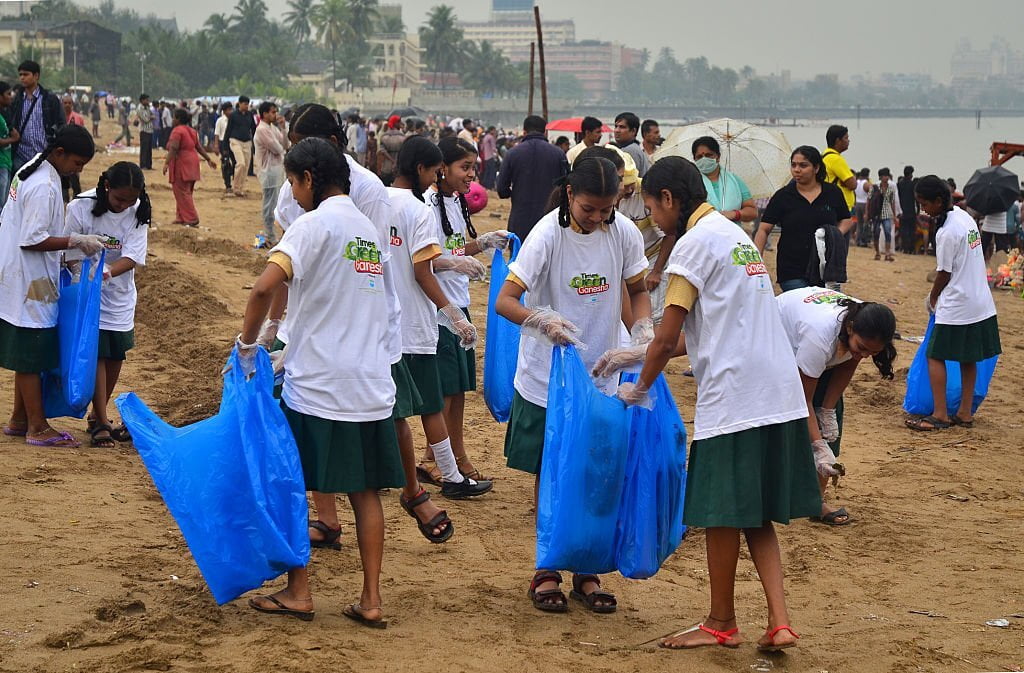
Service learning is a form of experiential learning in which students apply what they have learned to real-world problems in order to positively benefit their community. Service learning projects can be an effective and meaningful way for kids to learn because they allow them to recognise the importance and relevance of what they are learning and to make a difference in their community.
Students can participate in a variety of service learning projects, based on their interests and the needs of the community. Work with a local non-profit, volunteer at a school or community centre, or participate in a beach cleanup or other environmental stewardship project are examples of possible volunteer opportunities.
Service learning projects can be an excellent strategy to engage students in learning because they allow them to apply what they are learning in a real-world setting and make a significant contribution to their community. Students can also gain valuable skills through service-learning projects, like teamwork, communication, and problem-solving.
When encouraging kids to participate in service learning projects, it is vital to consider the students’ age, ability, and the community’s needs. It is also essential to ensure that the project is well-organized and that students have the necessary tools and support to effectively complete it.
Overall, service learning can be a beneficial component of a hands-on learning curriculum since it allows students to apply their knowledge to real-world circumstances and positively impact their communities.
5. Role-playing
Students can learn about historical events, diverse cultures, and societal issues through role-playing. Students might, for instance, act out a scene from a historical event or compose and perform a skit on a certain culture or subject.
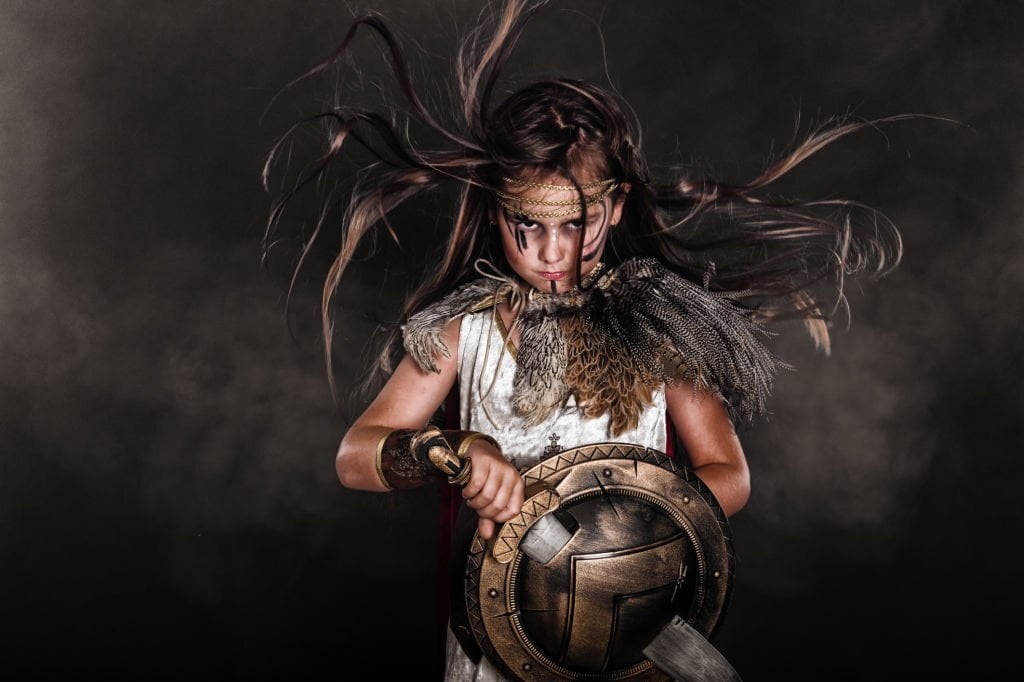
Role-playing is a method of experiential learning in which students assume the role of a particular character or person and act out a scenario. This can be an effective and engaging way for kids to learn about historical events, various cultures, or social issues because it provides for a more immersive and interactive experience with the content.
Educators can employ a variety of role-playing activities to assist pupils in learning about a particular topic. For instance, students could play out a scene from a historical event to gain a more personal and meaningful understanding of the event, or write and present a skit on a particular culture or topic to gain a more engaging and interactive understanding of the culture or subject.
Role-playing can be an excellent method for engaging students in learning since it allows for a more immersive and interactive experience of the material. Students can learn vital abilities such as communication, teamwork, and creativity through role-playing.
It is necessary to consider the age and ability of the students, as well as the learning objectives of the activity, while employing role-playing as a teaching approach. It is also essential to ensure that the role-playing exercise is well-organized and that students have the necessary resources and support to effectively finish it.
Overall, role-playing can be a vital aspect of a hands-on learning curriculum, as it offers students with the opportunity to learn about a particular topic in a more immersive and participatory way.
6. Cooking and Gardening
To teach children about nutrition, food science, and environmental responsibility, incorporate cooking or gardening activities into the curriculum.
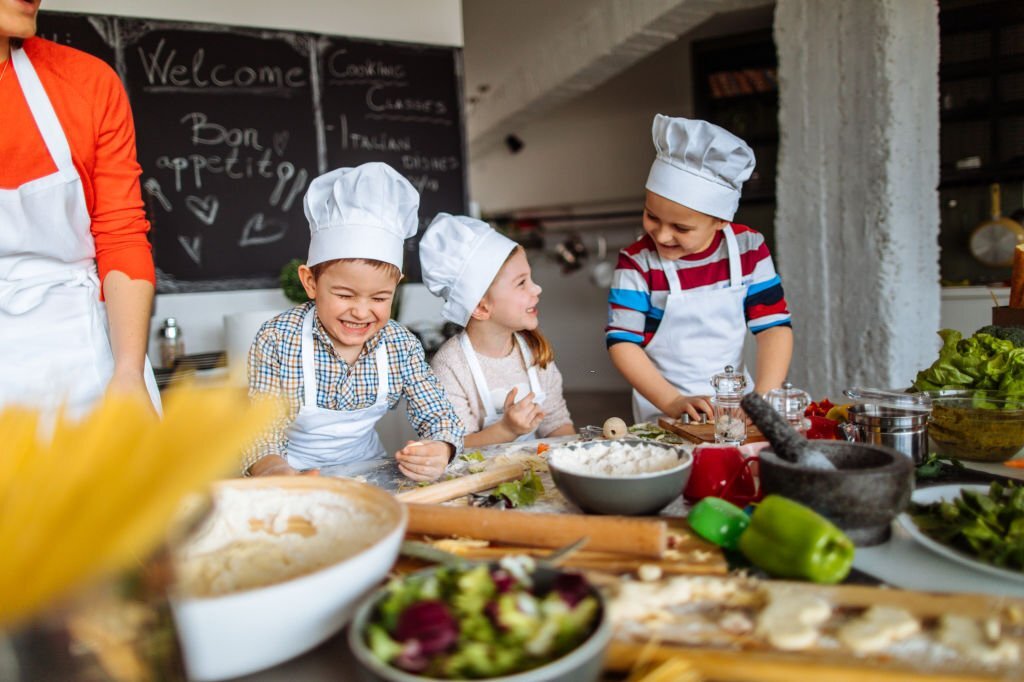
Cooking and gardening are hands-on learning methodologies that include students actively participating in activities linked to food preparation or plant culture. These activities can be a compelling and effective approach for students to learn about nutrition, food science, or environmental stewardship because they allow students to apply what they are learning in a real-world context and develop connections between the subject matter and the outside world.
Educators can incorporate a wide variety of food and gardening activities into the curriculum. For example, children could learn about nutrition by producing nutritious meals or snacks, or about food science by experimenting with various ingredients and cooking methods. Gardening activities may involve planting and maintaining a school garden or engaging in a beach cleanup or other conservation effort to learn about environmental responsibility.
Cooking and gardening activities can be an effective way to engage children in learning because they allow them to apply what they are learning in a real-world environment and build connections between the subject matter and the outside world. These activities can also aid in the development of essential abilities such as teamwork, problem-solving, and creativity.
When adding cooking or gardening activities into the curriculum, it is essential to consider the age and ability of the students as well as the activity’s learning objectives. It is also essential to ensure that the activity is well-organized and that students have the required tools and support to effectively finish it.
Cooking and gardening can be significant components of a hands-on learning curriculum because they allow students to learn about nutrition, food science, and environmental stewardship through hands-on activities.
7. Art Projects
Utilize art projects to teach pupils subjects such as geometry, history, and literature. For instance, students could sculpt a representation of a certain notion or paint a mural depicting a historical event.
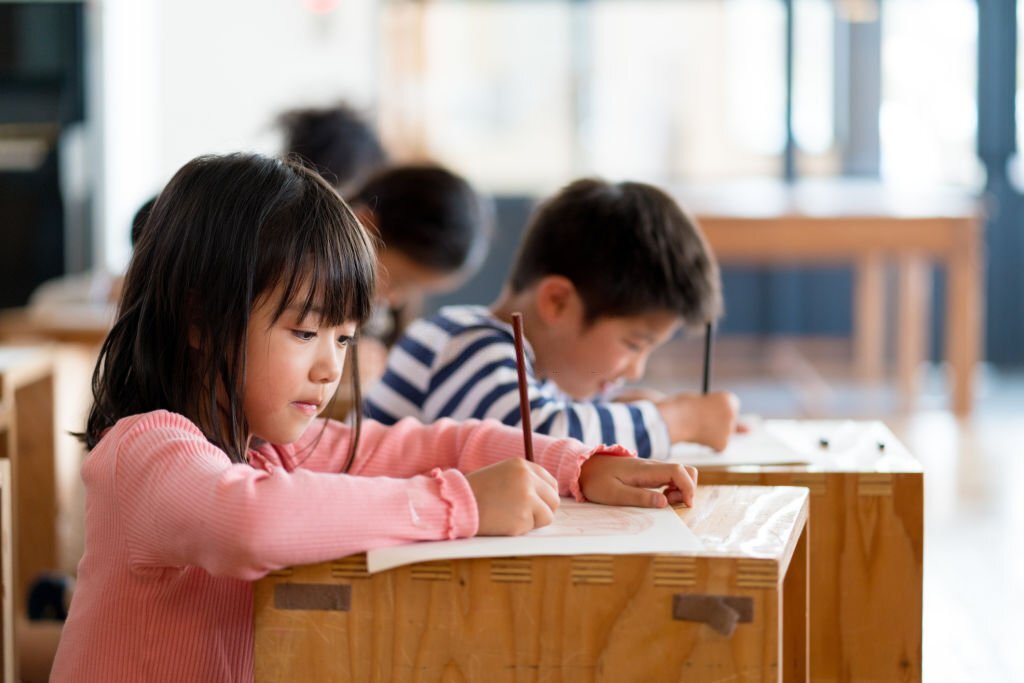
Art projects are a wonderful method to incorporate experiential learning into the curriculum. Educators may create engaging and dynamic learning experiences that allow students to apply what they are learning in innovative and meaningful ways by including art projects into the curriculum.
There are numerous types of art projects that teachers can use to teach children about a specific topic. Students might, for instance, construct a sculpture to reflect a certain topic in mathematics or a mural to depict a historical event. Students can learn about literature through art projects by making pictures or visual representations of characters or events from a tale.
Art projects can be an effective technique to engage children in learning because they allow students to apply their knowledge in a creative and meaningful way. In addition to fostering creativity, problem-solving, and attention to detail, art projects can aid in the development of other crucial abilities.
When employing art projects as a form of instruction, it is vital to consider the age and skill level of the students, as well as the learning objectives of the activity. It is also essential to ensure that the art project is well-organized and that students have the necessary materials and support to effectively complete it.
Overall, art projects can be a beneficial component of a curriculum for hands-on learning since they offer kids the opportunity to learn about numerous disciplines in a creative and participatory manner.
By introducing hands-on learning into the curriculum, educators may create interesting and interactive learning experiences that help students develop real-world connections.

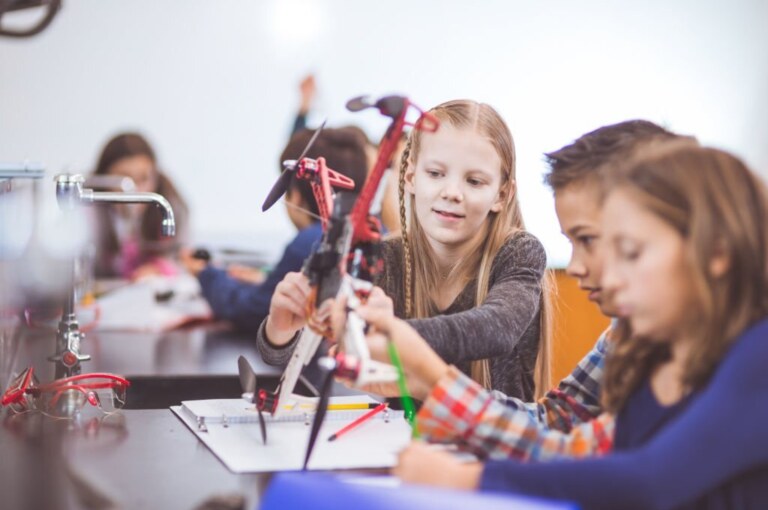
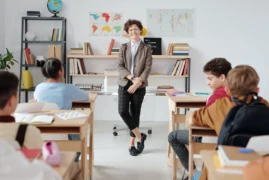
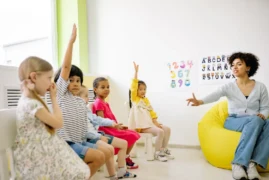

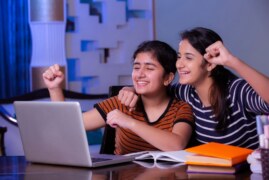
Leave a comment